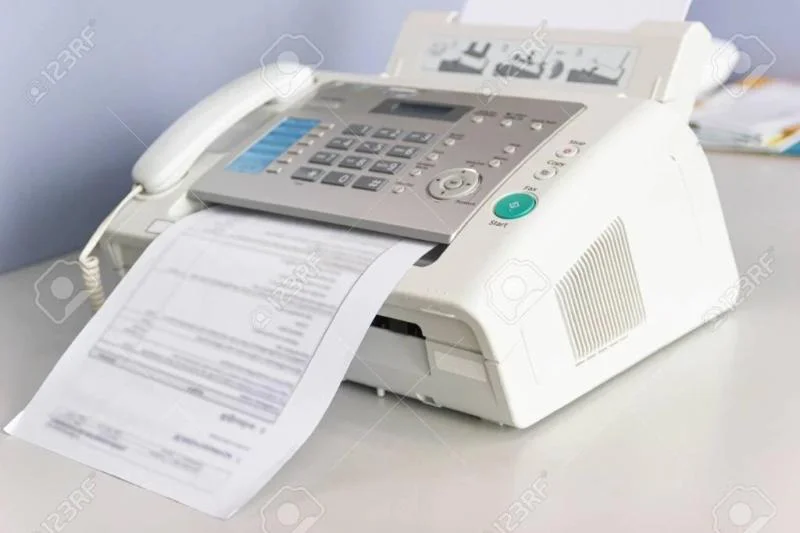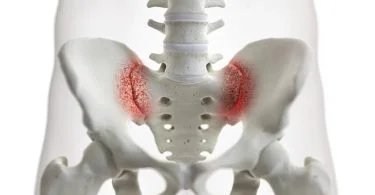The main difference between fax and email is how they are used and what technology they use. Fax is a way to send printed documents over the phone line. A fax machine scans the documents and sends them to another fax machine, where they are printed out. On the other hand, email is a way to send digital messages and documents over the internet. You can use email software or web-based services to send and receive emails. Email is a digital way to send documents. Faxing is a physical way to send documents. Email is also more flexible than fax because it can include attachments, images, and other multimedia, while fax can only send printed documents. Email is also faster and cheaper because you don’t have to buy paper or ink or take care of a fax machine.
What is Fax?
Fax, which is short for “facsimile,” is a way to send printed documents over the phone line. It is a technology that lets a scanned image of a physical document be sent electronically to a fax machine, where it is printed out as a copy of the original document. People often use faxes when they need a hard copy of a document or when the digital transmission is not an option.
The fax machine has a scanner, a modem, and a printer. To send a fax, you put the document in the scanner. The fax machine then turns the image into digital data, which is sent over the phone line to the fax machine that will receive it. The fax machine that gets the information decodes it and prints a copy of the original document.
Fax technology has been around since the middle of the 20th century. Before email and other digital ways of communicating, it was a popular way to send and receive messages. Some industries and sectors, like law, health care, and government, still use faxing because they need physical documents, and digital transmission has yet to be accepted or legally recognised.
What is Email?
Email, which stands for “electronic mail,” is a way to send and receive files and messages over the internet. It is a fast, effective, and widely used method of communication that has changed how people communicate in both personal and professional settings.
Email lets people send and receive messages with files attached, like documents, pictures, and videos, to and from anyone worldwide. Email clients or web-based email services can be accessed on various devices, such as desktop and laptop computers, smartphones, and tablets.
Email communication is usually instant and can be done in real time or at a different time, depending on the message’s importance and urgency. It is also easy to change, so users can make professional email templates, add signatures, and set up automatic responses and filters to handle incoming messages.
Email is cheaper and better for the environment than traditional mail and faxing because it doesn’t require paper, ink, or postage. Email is also safer than regular mail because users can encrypt their messages and files to protect their privacy and keep others from getting to them without permission.
Overall, email is a powerful and flexible way to communicate. It has become an essential part of modern life because it lets people talk to anyone, anywhere in the world, quickly, easily, and conveniently.
Difference Between Fax and Email
Simply put, the main distinction between fax and email is the medium and the technology employed. In contrast to email, which is a digital transmission of messages and files over the internet using email software or web-based email services, fax is a physical transmission of printed documents over a telephone line using a fax machine.
You can’t just send a fax over your regular phone line; you need a dedicated fax line and physical access to the machine in order to send a fax. The quality of fax transmission depends on the reliability of the fax machine and the phone connection, and the technology can only be used for transferring printed documents.
Email has far more applications and uses than fax, including real-time interaction and collaboration, message automation, and even personalised greetings. While communicating via email, however, one makes use of digital technology to transmit and receive messages and data, which may contain attachments, photos, and other forms of multimedia. As there is no need for paper, ink, or fax machine upkeep, sending and receiving emails is quicker and cheaper than using a fax machine.
Since faxes are sent directly to the recipient’s fax machine without going via servers or networks, they are often considered more secure than email. Conversely, email has more robust security measures like encryption and authentication to keep messages and attachments private and secure.
To sum up, an email is a digital transfer of messages and files over the internet, while a fax is a physical communication of printed papers over a phone line. While fax can provide more protection for specific documents, email is faster, cheaper, and more flexible.







